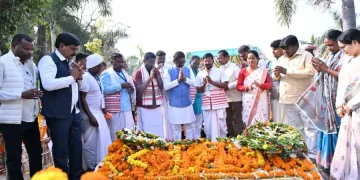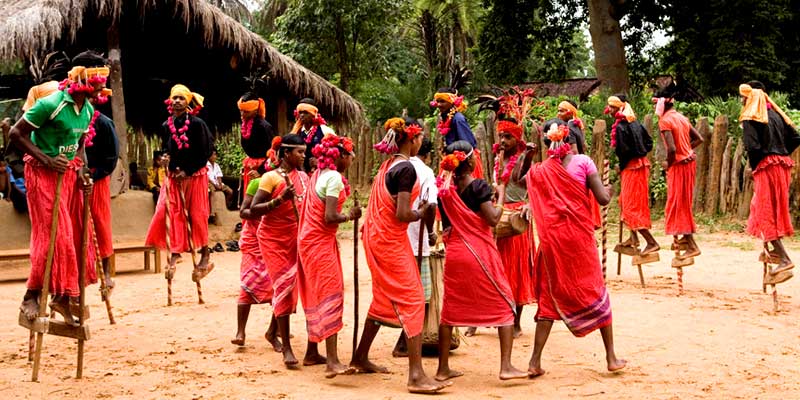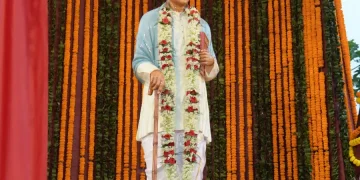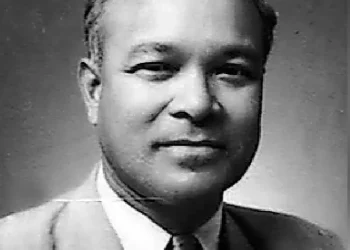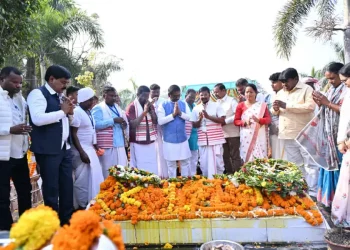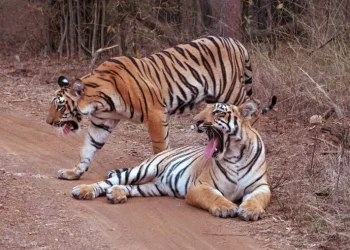In Bastar, the Muria tribal community believes in Ghotul – the institution of sex education for children that has been there since ages. Children in their early teens are sent to the Ghotul centre. Here, a boy is called ‘chelak’ and a girl ‘motiyari’. There are rules that are followed as well as a dress code. It is here that they are taught about the do’s and don’ts, getting them acquainted to the problems that may arise.
The State government recognises the need to preserves these centres, and has promised to assist in the construction of 100 Ghotul centres across the Bastar region.
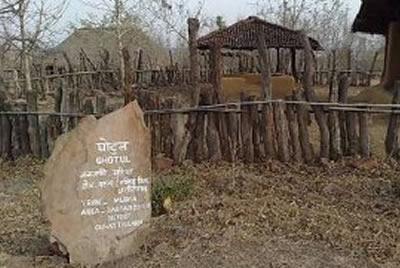
The world came to know about this custom when Verrier Elwin, a British-born Indian anthropologist, ethnologist and tribal activist, wrote a book on it.
“People from foreign countries come to Bastar to see and understand the ‘Ghotul’ tradition. Ghotul has been at the centre of social and cultural development of village, and the youth discussed about the development of their village and region in these centres,” Chhattisgarh Chief Minister Bhupesh Bhagel said while announcing to double the number of Ghotuls to be constructed (100 instead of 50) early this year.
Traditionally, the Ghotuls are kuccha huts with wood or mud walls and thatched roofs. Baghel said, the Government-constructed Ghotuls would be pucca but the traditional design and decorations will be followed so that the cultural identity is kept intact.
The sex education apart, the traditional Ghotul system of the Muria tribes provides for the free mingling of unmarried men and women of the community to know each other, romance each other and even indulge in sexual activities.
Interestingly, the boy who can play the drums has an edge over his rivals as he is considered to be a good lover.

